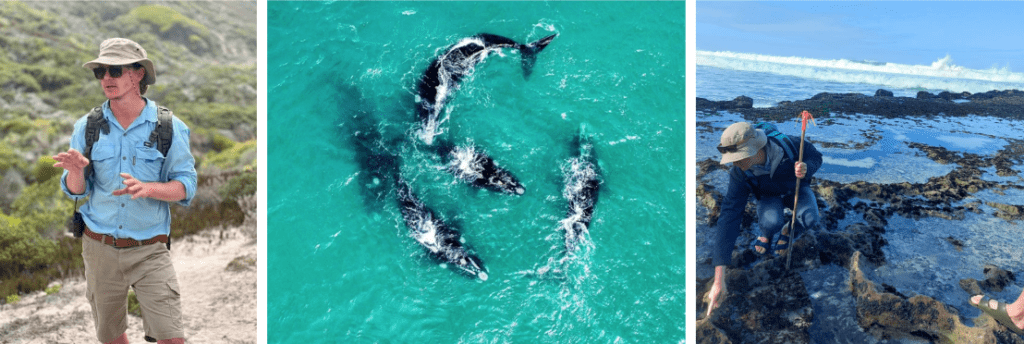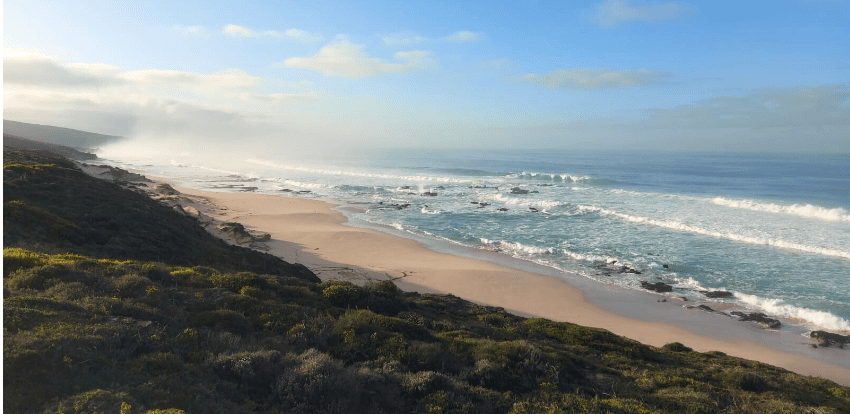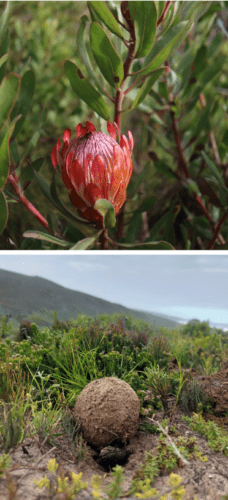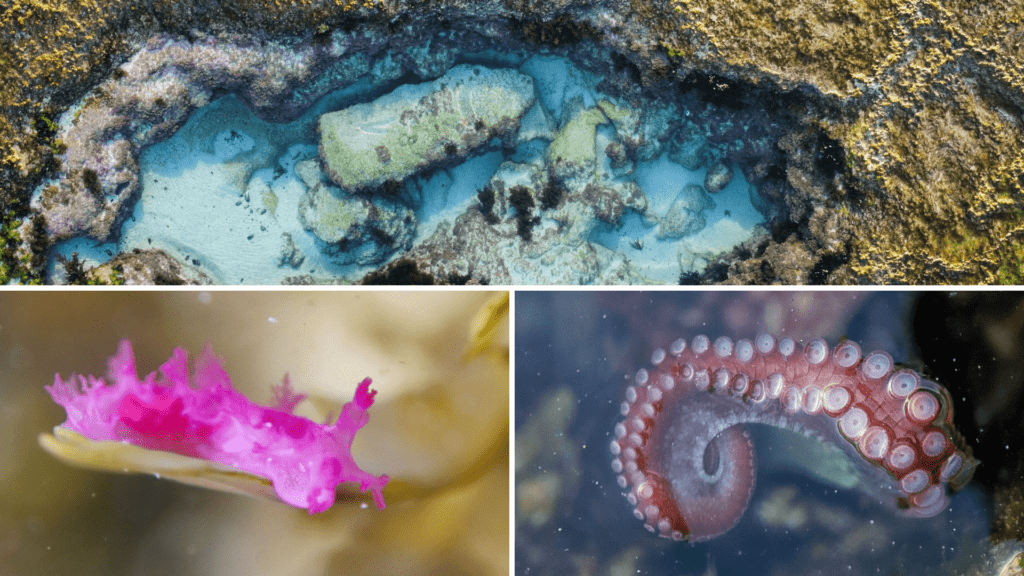On a recent trip exploring the western cape in search of new and unique experiences for our YPA guests, we had the pleasure of meeting Tim Wells, a seasoned guide at Lekkerwater Beach Lodge in De Hoop Nature Reserve. On a meandering drive through the pristine fynbos down to the lodge perched on the rugged coastline we learned so much about the cape floral kingdom that we just knew we were in for an immersive few days. Tim’s knack for sharing intricate details about complex ecosystems opened our eyes to a whole new side of African safaris—the coastal safari. Tim shares his insights and the unique experience awaiting those looking for something beyond the norm.
Tell us about your background and how you moved from an academic field into guiding.
I studied Applied Biology and Ecology & Evolution at the University of Cape Town and did a Postgrad in Environmental Management through UNISA. I’ve always loved the outdoors, and my studies helped me turn that passion into a career. I’ve done some quirky jobs, like tracking for Netflix in Namibia and managing baboons for a Saudi prince. But my heart always led me back to Cape Town and the ocean. My passion truly ignited when I worked with a non-profit, taking kids snorkeling in kelp forests. That experience led me to Lekkerwater, where I now guide guests through pristine rock pools, whale watching, and exploring caves.

Africa is often seen only as a traditional safari destination. We’d like to know more about the coastal safari and why this coastline in particular is unique.
I think the Big 5 experience certainly has its place in connecting people back to nature – and there’s no arguing it is doing wonders for tourism and environmental education. It’s only when you get into the ocean that you realize that there’s a whole new world below the surface. De Hoop is home to thousands of Southern Right whales through the winter months – as they come from Antarctica to calve in our slightly warmer waters. We have mating aggregations of hammerhead sharks early on in the year and a host of seabirds and dolphins that can be seen from the shore, too. It’s not always big and fast and can take visitors time to get their head around it all…but that’s the magic of it all.

To understand the importance of these areas, you can think of the protected area as a bank that we have invested in. Our assets are safe and eventually start to produce interest, in the form of fish and mussels and oysters that establish outside the protected area and can be harvested, whilst the protected area remains untouched.
De Hoop is a marine protected area. Tell us more about its significance and why areas like these are so critical to conservation.
A marine protected area (MPA) is a defined area of coastline that is protected and managed for the long-term conservation of marine resources, ecosystems services, or cultural heritage.This basically means there is no human activity to disturb the area…no fishing, boating, surfing or jet skis up and down the beach. DeHoop is unique in that it also sits at the meeting point of two very different currents. The warm Agulhas current brings the influence of diversity from tropical East Africa, whilst the cold Benguela comes up from Antarctica and is full of nutrient rich water. The food and the diversity sustain an incredible little protected patch on this coast.
 We were amazed by the area’s rich human history. How can we better expose this history to the world?
We were amazed by the area’s rich human history. How can we better expose this history to the world?
The incredible early human history of the area keeps me coming back and surprises many visitors. We evolved on that coastline for thousands of years and have come so far. Now more than ever, people need to get back to those roots and visit places like De Hoop to appreciate nature and understand its conservation. The area’s human history is still unfolding and new to science, but I’m proud to share it. Articles like this help spread the word—so, get out there and explore!
Guiding in the Cape Floral Kingdom, tell us about your favorite plant.
I could talk about this forever, but I’ll keep it short. My favorite plant here is the Polygala, or false-butterfly. It has an incredible flower that only opens for pollinators of just the right weight. This keeps the reproductive parts and pollen safely hidden from thieves. When an insect of the right weight lands on the flower, a petal shifts down to expose the reproductive parts, trusting that insect to spread the pollen correctly and not simply eat or waste it.
Tell us about a few creatures that call these rock pools home.
The magic of the rock pools is that almost everything can blow your mind if you give it time. We talk about the slow moving creatures like starfish that vomit out their stomachs to digest externally, and sea urchins using shells as hats to protect themselves from the sun. Something that really amazes guests are Nudibranchs, a group of sea slugs. It’s like a four-year-old got hold of a box of colorful crayons—they have electric colors with projections and squiggles, sometimes no bigger than a grain of rice. It’s a small safari with predators and prey, but not like most people have seen before!

At YPA, we are passionate about uncovering hidden gems and introducing our guests to new experiences. Africa never ceases to amaze us with its diversity and incredible natural beauty. If you’d like to find out more about adding a coastal safari to your next itinerary, reach out to us, we’d love to craft your next trip!

